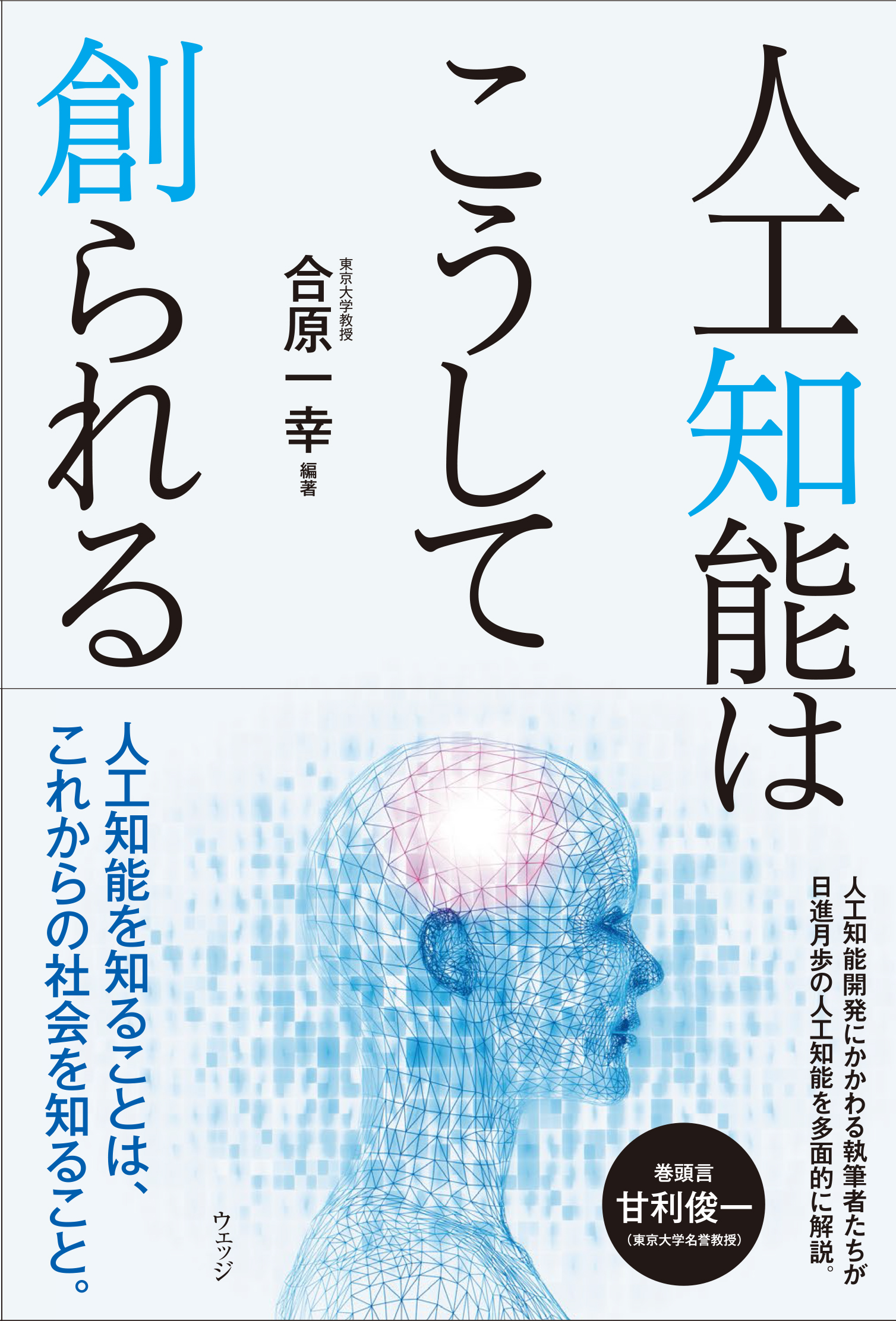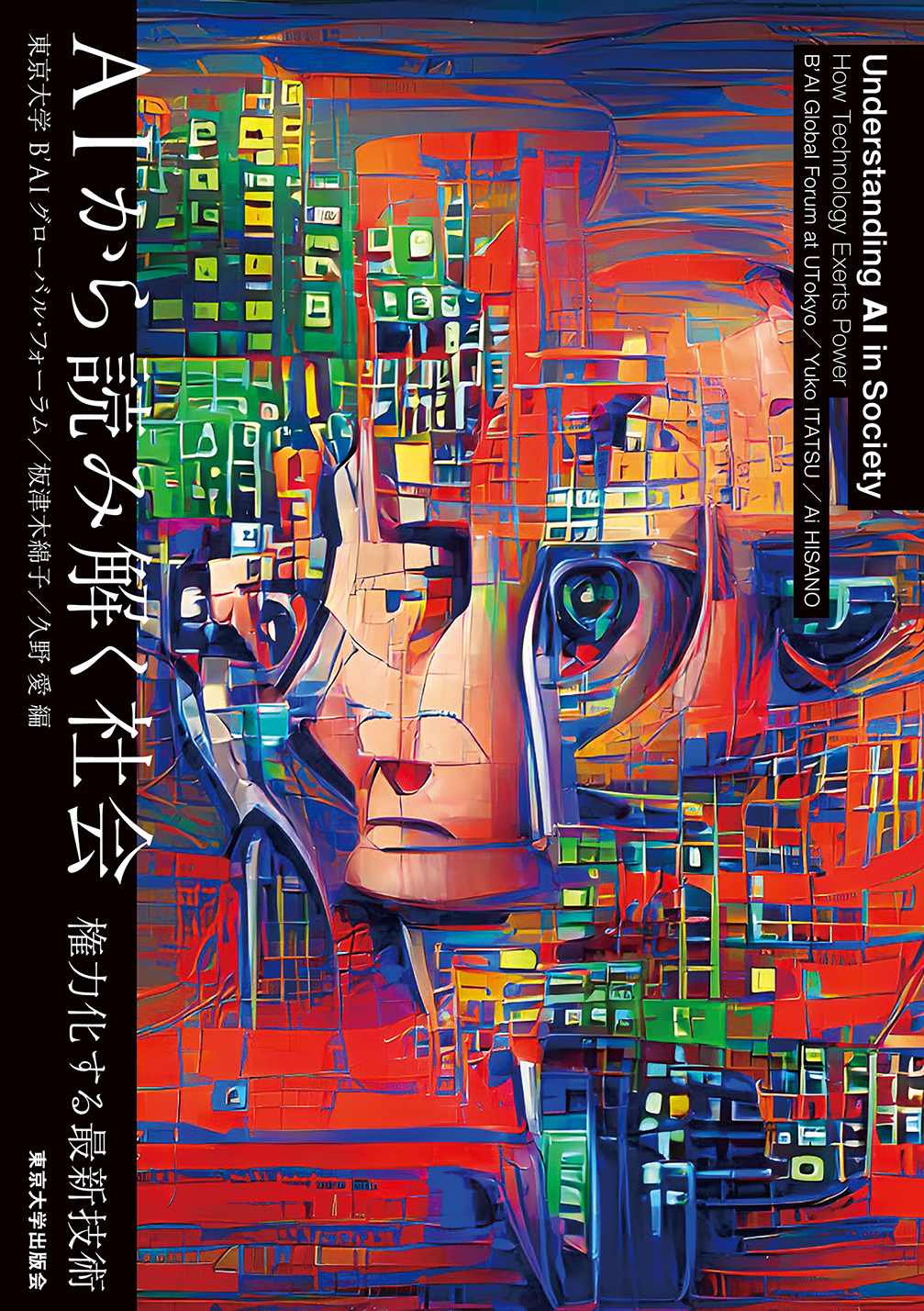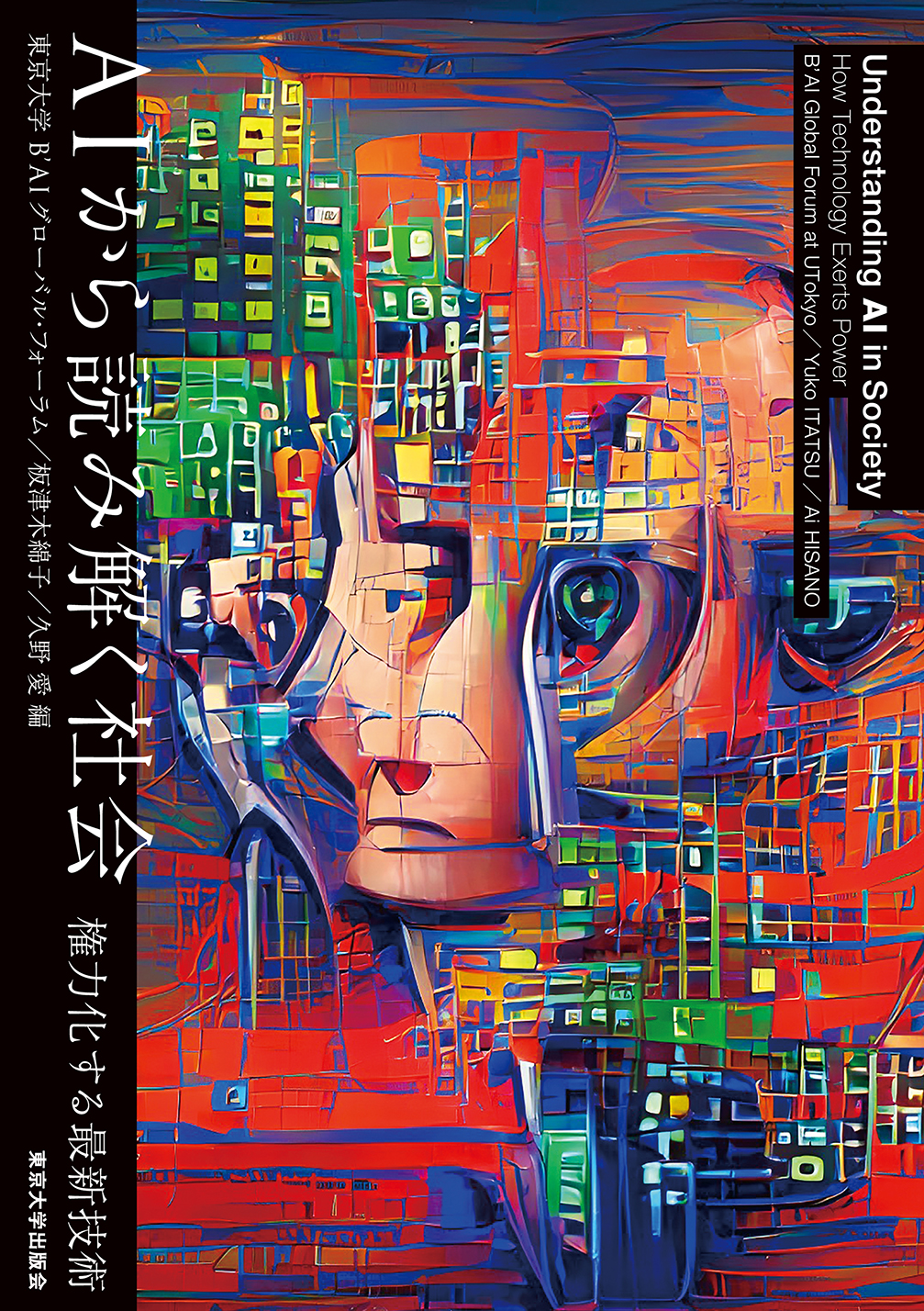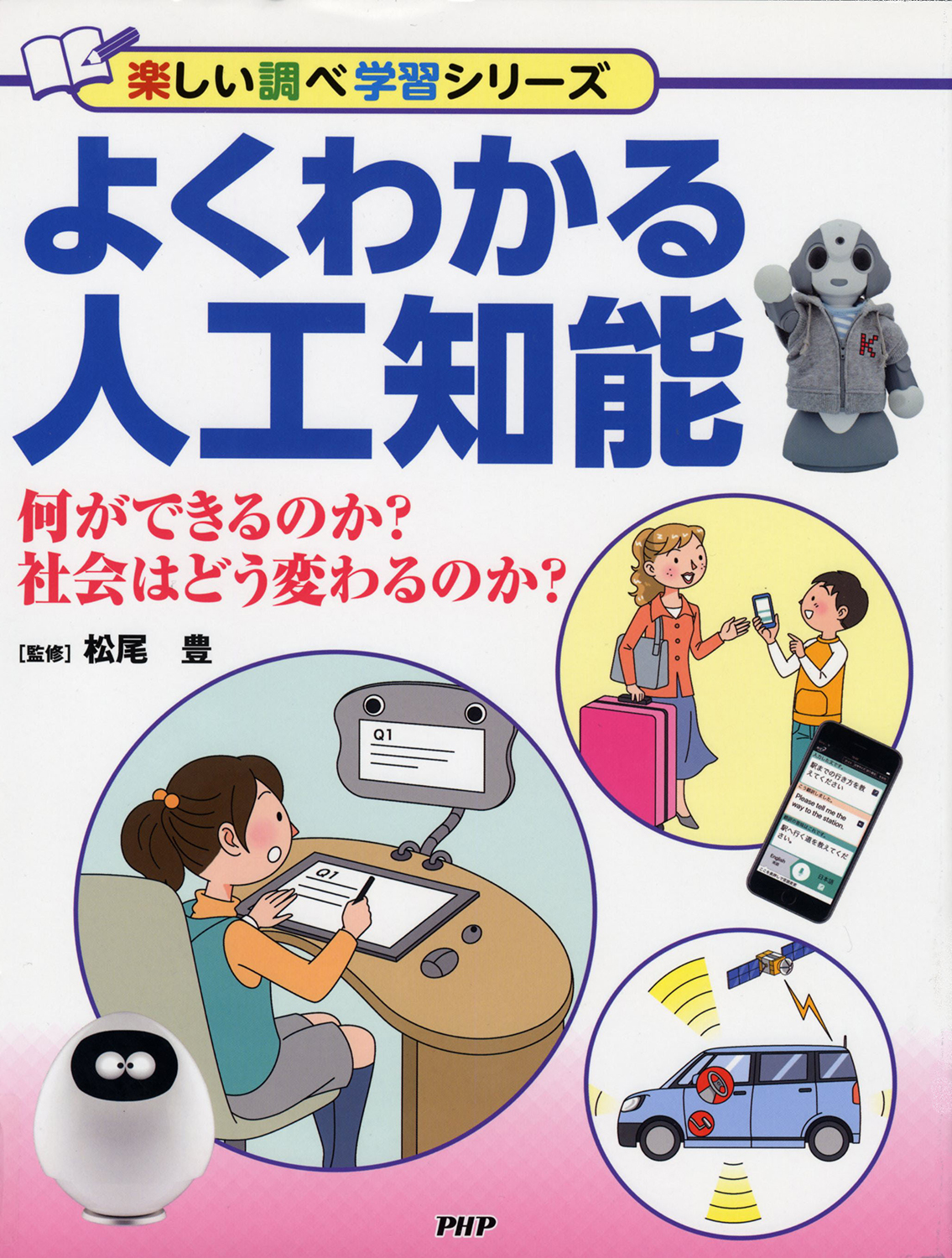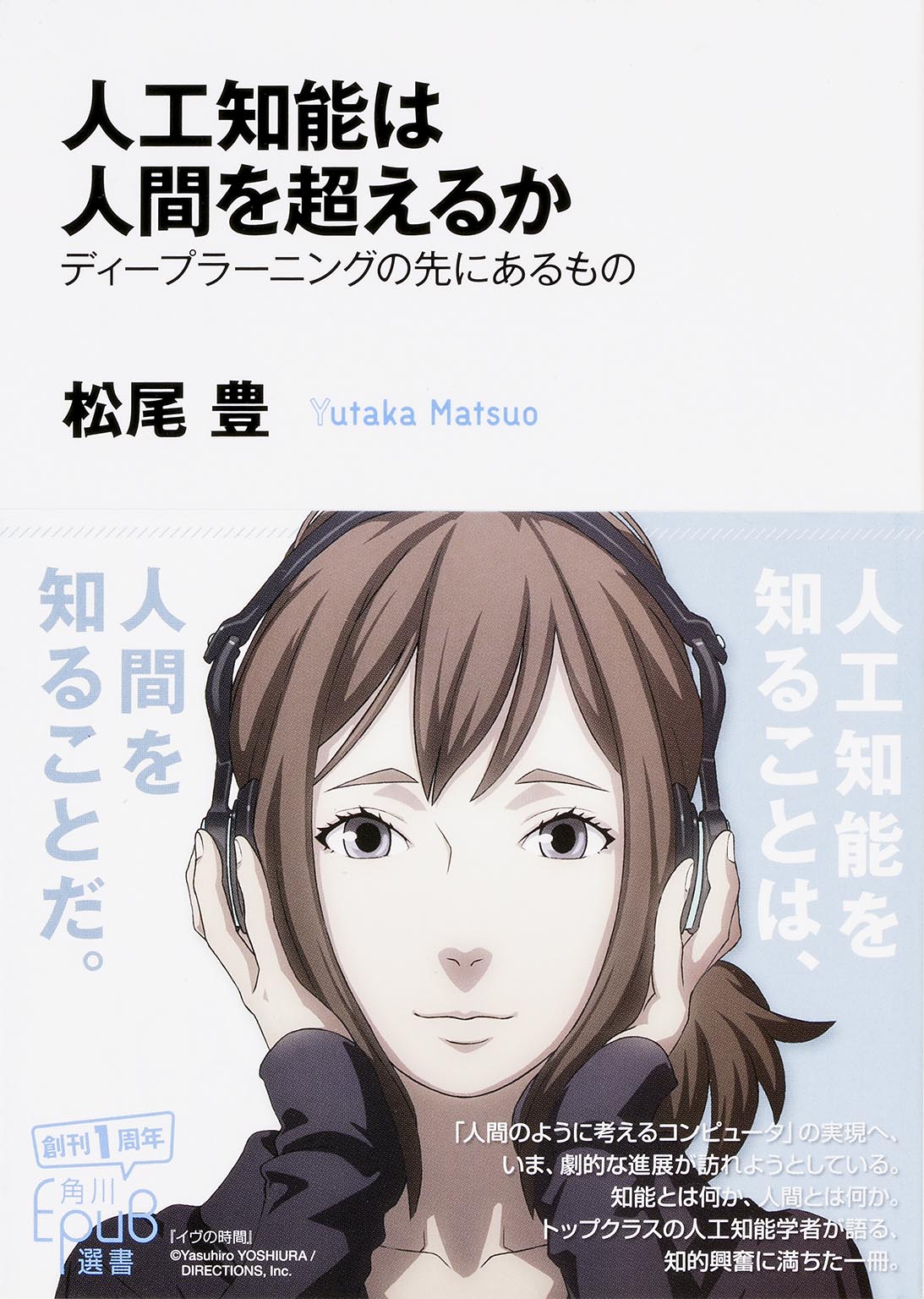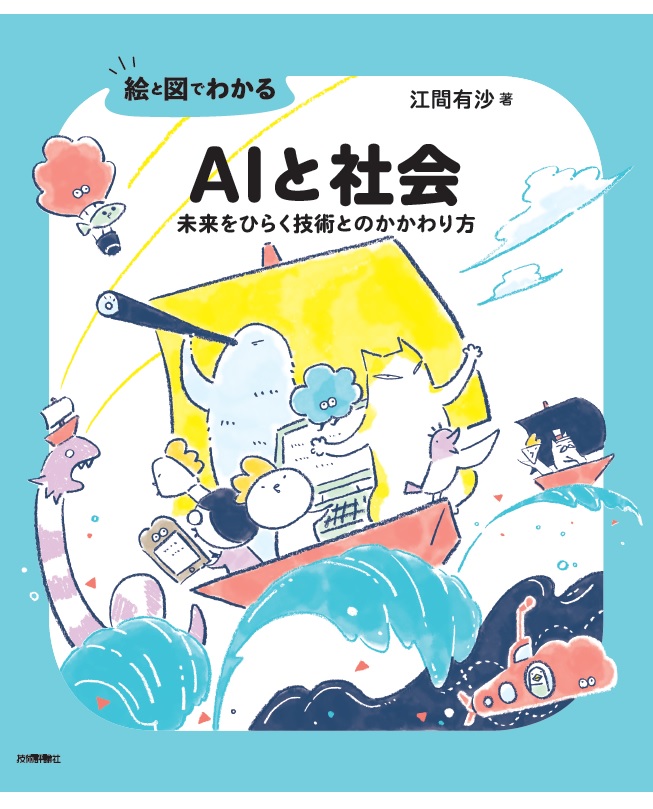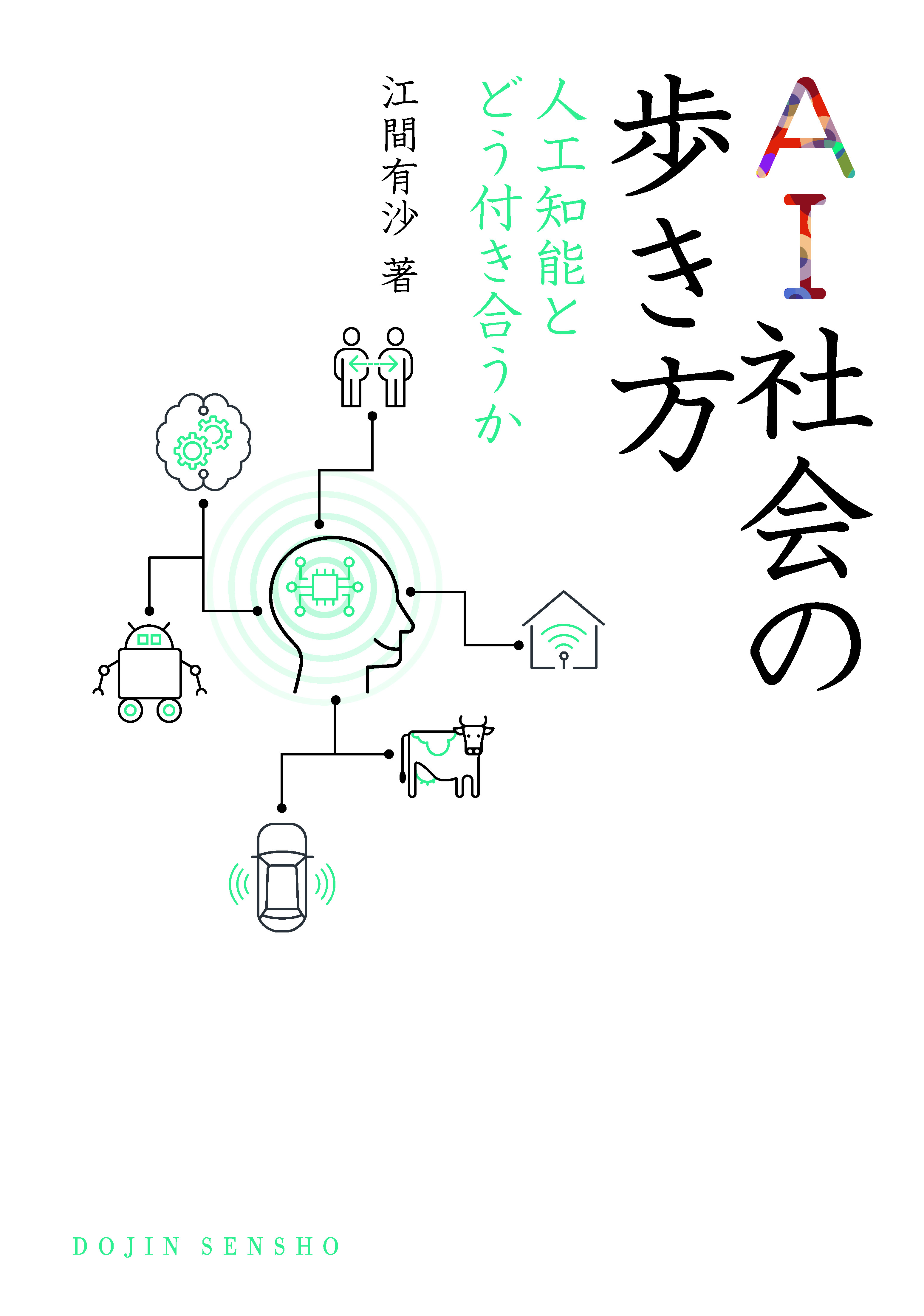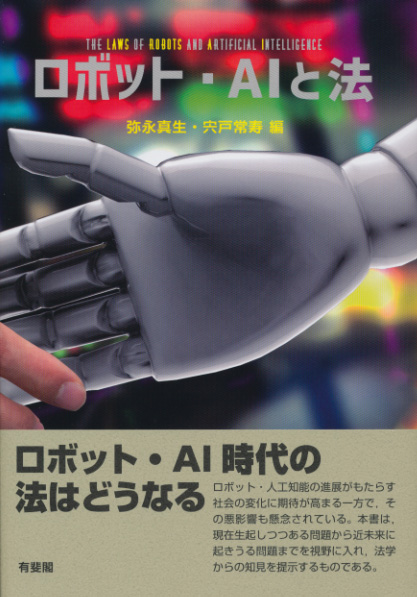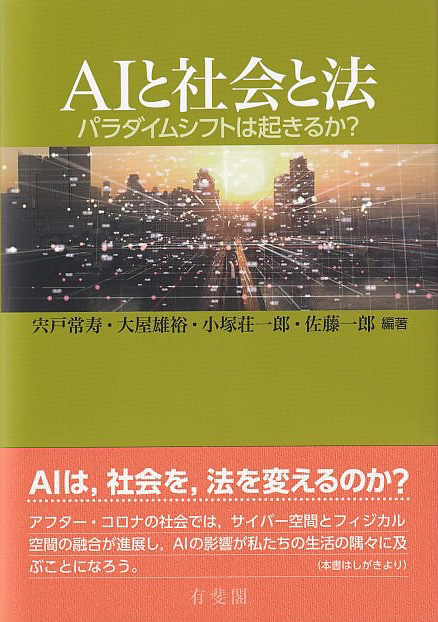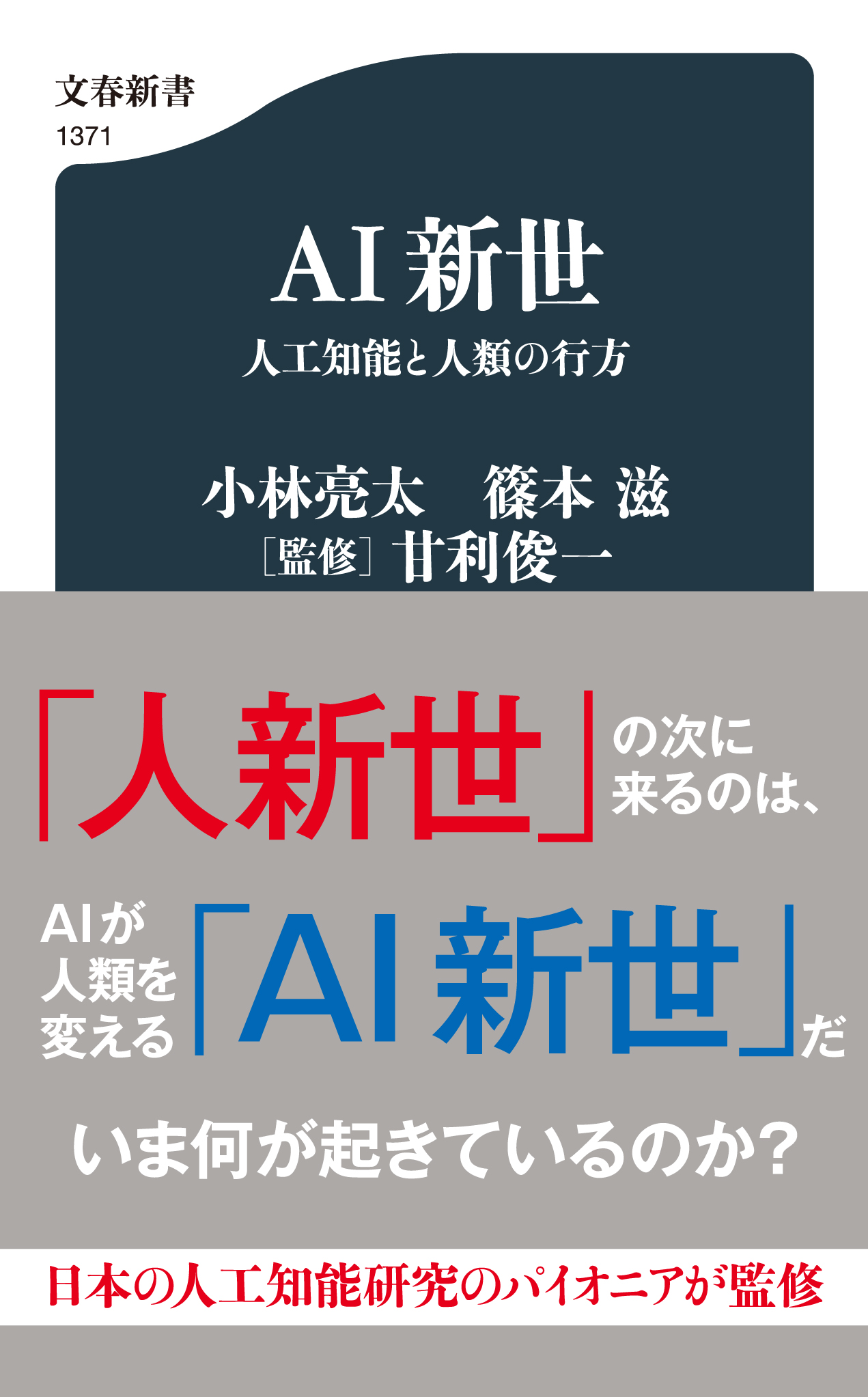
Title
Bunshu Shinsho AI Shinsei (A quick Guide for AI - How can we deal with the social changes brought about by AI?)
Size
288 pages, Paperback Pocket Edition
Language
Japanese
Released
August 18, 2022
ISBN
978-4-16-661371-7
Published by
Bungeishunju
Book Info
See Book Availability at Library
Japanese Page
Artificial Intelligence (AI) has become an essential part of our daily lives in various forms, including internet search, voice recognition, translation software, video/movie recommendations, and, most recently, ChatGPT. The Industrial Revolution transformed the manufacturing process, which had previously been done by hand, into mass factory production. It also drastically changed society, shifting the center of the economy from agriculture to industry. The applications of AI to various industries that are now taking place will trigger a new industrial revolution, which may drastically change society again. How should we deal with the social changes brought about by AI?
I wrote this book to inspire people to think about how we should live with AI. What can AI do, and what can AI not do? In the first part of this book, I clarify what AI can do from two perspectives: recognition and generation. Recognition means that AI realizes what an object is by “seeing” an image or “hearing” a sound. For example, image recognition AI identifies a person from the face on the camera, voice recognition AI reconstructs the message from the voice in the microphone, and sentence recognition AI determines whether an e-mail is spam. Generation means that AI generates an image, sounds, and so on. For example, an image-generating AI can masculinize or feminize facial photos, and a text-generating AI like ChatGPT can write sentences. This book organizes what AI can and cannot do from the perspectives of “recognition” and “generation” of images, speech, and text. Note that no knowledge of mathematics or programming is required to read this book. There’s nothing to be worried about.
In the second part of this book, I consider how AI will change society. AI has already been used in various industries, for example, agriculture, fisheries, factories, retail, and service industries. Looking at these examples, I argue how we should be involved with AI technology and how humans and AI can coexist in the future. Finally, in the third part, I consider how AI has developed, how it works today, and its limitations by tracing the history of AI development. After explaining the history of AI, Dr. Shunichi Amari, the supervisor of this book and a pioneer in AI research (Professor Emeritus of the University of Tokyo), was invited to discuss the relationship between AI and humankind and the possibility of whether AI can surpass humans in the future. If you are interested in this conclusion, please read this book.
In summary, this book argues how we should live with AI in the future by examining what it can and cannot do and how it is implemented in society.
(Written by KOBAYASHI Ryota, Associate Professor, Graduate School of Frontier Sciences / 2024)



 Find a book
Find a book


